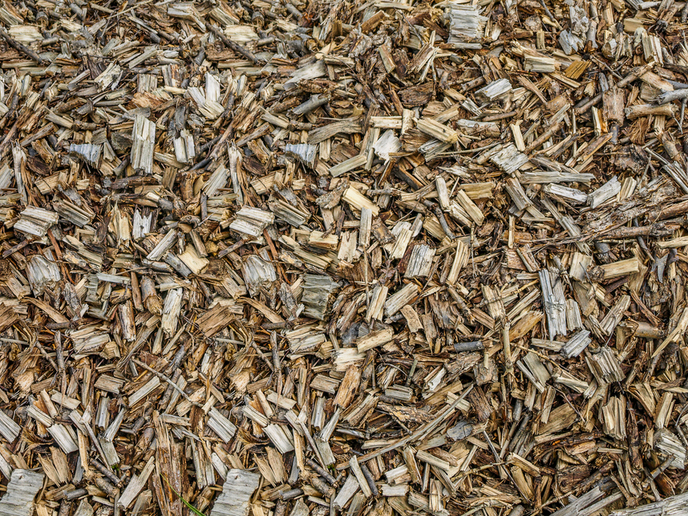Ceria-based catalysts for clean hydrogen fuel
As the eco-friendly hydrogen-based economy gains popularity, the focus on hydrogen as a replacement fuel source for combustible hydrocarbons is increasing. Hydrogen may be derived with the aid of the water-gas shift (WGS) reaction in conjunction with steam reforming of methane and other hydrocarbons, and can be exploited to promote hydrogen-based fuel cells. The addition of metals can enhance the catalytic activity of ceria. Scientists initiated the EU-funded project NANOWGS (Water-gas shift reaction on metal-oxide nanocatalysts for hydrogen production) to further explore the metal-ceria relationship that can lead to better catalyst design. Team members developed powerful computational and mathematical models to unveil important information about changes in the electronic structure, and in the magnetic, vibrational and chemical properties of nickel-ceria surfaces. Project work led to obtaining a better understanding of the atomic-level interaction between isolated water molecules and nickel-ceria catalysts. Beyond this, important knowledge was generated about the adsorption of carbon monoxide and carbon on the catalyst surface. Further, scientists revealed the underlying mechanism of molecular hydrogen dissociation and the diffusion and clustering of the resulting atomic particles on the ceria surface. The fast dissociation of water on the nickel-ceria surface proved to have a powerful effect on the activity and stability of this catalyst in the WGS reaction. For the first time, scientists figured out that ceria can serve as a catalyst for olefin production and potentially for the hydrogenation of unsaturated substrates containing triple bonds. Importantly, the team found that nickel-ceria can act as an efficient catalyst for producing synthesis gas from the reaction of carbon dioxide with methane. Ceria is a critical component of catalysis that can lead to clean hydrogen fuel for transport and industry.







